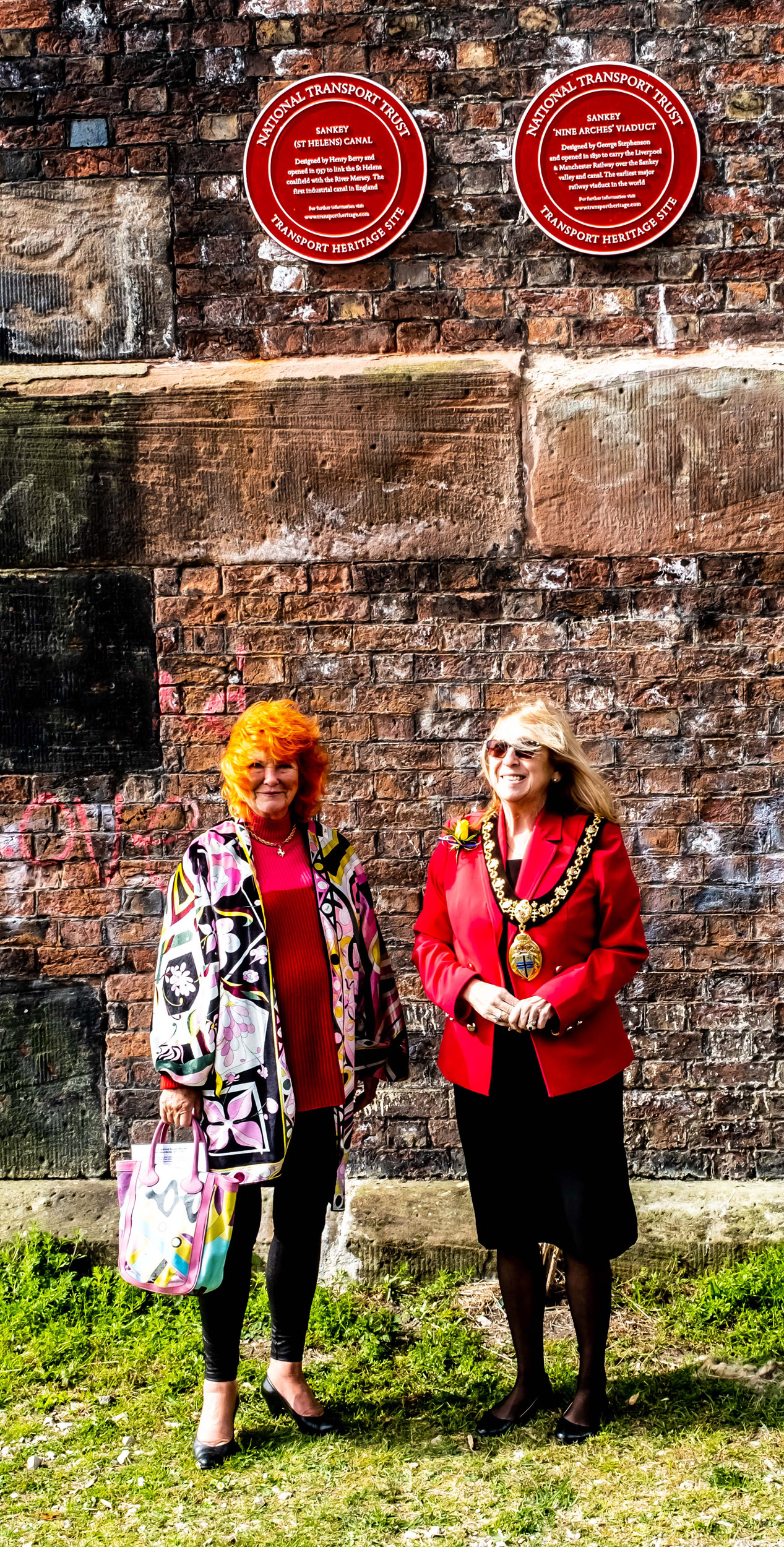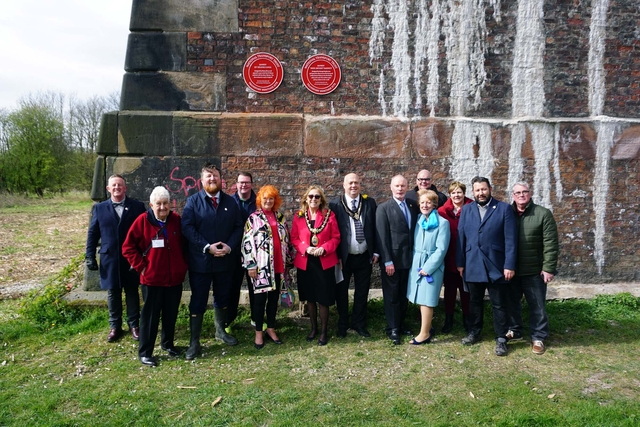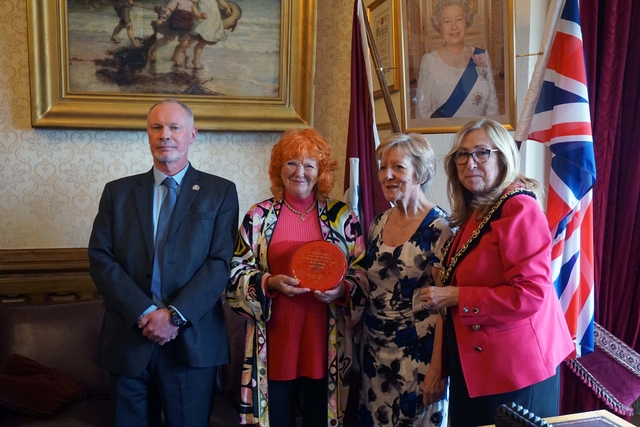
The first industrial canal in England
Earlestown,
St. Helens,
Merseyside
The Sankey (St. Helens) Canal was sponsored by Liverpool merchants to obtain the vast amounts of coal the city required from mines in Haydock and Parr. The project was surveyed by Henry Berry and William Taylor who were paid £66. The representations made to Parliament suggested that the Sankey Brook would be made navigable but Berry - who went on to supervise construction - knew that this was not feasible and built a separate canal instead with the brook providing feeder water. Thus, it became the only canal built in the country without anyone petitioning against it. The first Act of Parliament sanctioning construction was passed on 20th March 1755 and the canal was carrying coal by autumn of 1757. It was designed to accommodate Mersey Flat barges which were a common sight on local rivers at that time. The Sankey Canal versions were about 70 feet long with a draught of 6 feet and capacity of 80 tons. Originally powered by sail they were later converted to steam with the first trial of a steam engine in 1797. The immediate commercial success of the canal led to the construction of extensions to other coal mines in St. Helens and to Widnes in the opposite direction. It can be argued that the Sankey Canal was in no short measure responsible for the 'Canal Revolution' that following by providing a template for design and construction. The presence of the canal in Earlestown created a problem for George Stephenson who was tasked with building the Liverpool to Manchester Railway. Owners of the canal insisted that the masts of the Mersey Flats should to be able to clear any structure over it. Swing bridges were built where possible but at Earlestown this was not feasible. So Stephenson built the famous 'Nine Arches' viaduct opened in 1830 which allowed for this clearance. The Sankey Canal also hosts the first two-rise staircase lock in the country - the Old Double Lock. The final cargo for the canal was not coal but sugar. The Sankey Sugar works operated on the banks of the canal in Earlestown and barges brought raw cane sugar there from Liverpool and out again as refined sugar. All traffic ceased in 1959 and the canal closed in 1963. Efforts to re-open sections of the canal continue.
YouTube videos about The Sankey Canal:
What's left of the Sankey Canal:
The end of the Sankey - England's oldest Industrial Canal
Bimble the Sankey Canal
Red Wheel Plaques erected during Covid pandemic on 19th January 2022. A formal unveiling ceremony took place on 11th April 2022.
Pictures by Jerry Swift and Barrie Pennington:

Two Sankey Red Wheels unveiled by Lady McAlpine and the Mayor of St. Helens, Councillor Sue Murphy

The unveiling party
Left to right:
John Tabern, Chair of St. Helens Town Deal Board
Gerald Leach, Railway and Canal Historical Society
Councillor Seve Gomez-Aspron, MBE, Deputy Leader of St. Helens Council
Conor McGinn, Member of Parliament for St. Helens North
Lady McAlpine
The Mayor of St. Helens, Councillor Sue Murphy
The Mayor’s husband, Mr. Mike Murphy
Dr. Barrie Pennington, National Transport Trust member
Mrs. Susan Pennington
Councillor Andy Bowden
Councillor Jeanette Banks
Councillor Anthony Burns
Councillor David Banks

Lady McAlpine was presented with a commemorative glass plate by the Mayor
left to right: Dr Barrie Pennigton; Lady McAlpine, Mrs. Susan Pennington, The Mayor of St. Helens
Nearest railway station is Earlestown (Northern Rail).
By road take A49 to Newton-le-Willows off Junction 23 of M6 then A572 and turn off at Wharf Road. The Sankey Valley Visitor Centre is at 275 Blackbrook Road, St. Helens, WA11 0AB.
Barker, T. C., The Sankey Navigation: The first Lancashire canal, The Historic Society of Lancashire and Cheshire, ISBN: 0951940716 (1948)
Barker, T. C. and Harris, J. R., A Merseyside Town in the Industrial Revolution: St. Helens 1750-1900, Frank Cass, ISBN: 9780714645551 (1954)
Edwards, Lewis A., Inland Waterways of Great Britain and Ireland, Imray, Laurie, Norie & Wilson, ISBN: 9781340297336 (1962)
De Salis, Henry R., Bradshaw's Canals and Navigable Rivers of England and Wales, Henry Blacklock & Co., ISBN: 9781908402141 (1904)
Pratt, Edwin A., A History of Inland Transport and Communication in England, Kegan Paul, Trench, Trubner & Co., ISBN: 9780530588667 (1912)
Rolt, L.T.C., The Inland Waterways of England, George Allen and Unwin, ISBN: 9780043860069 (1950)